TOC-As-1
Question 1
Construct a counting procedure as below:
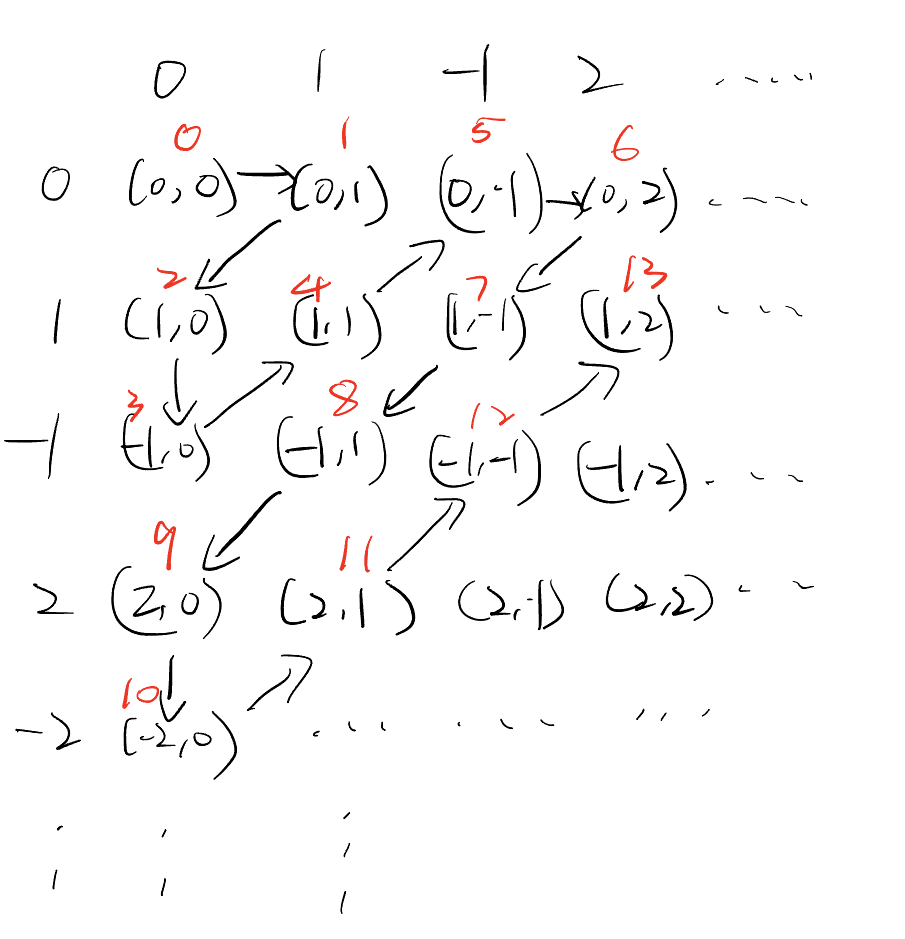
Each pair corresponds to a unique natural number. Therefore
Case I
If
Then
Case 2
If
And for 2 countable sets
For any element
Therefore,
To establish a one-to-one correspondence, we can use a pairing function that maps each pair
Therefore,
Since
And
Therefore
Solution:
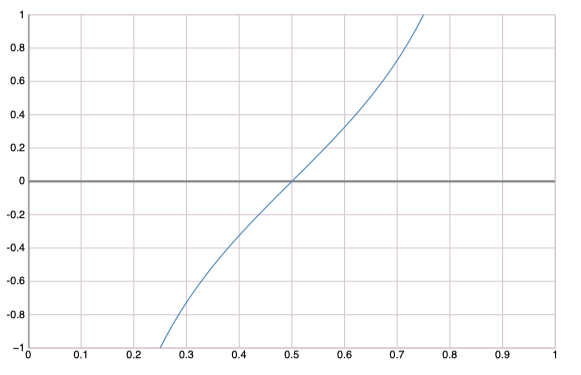
Suppose a real number
| Index | Digits | |
|---|---|---|
| 0 | ||
| 1 | ||
| 2 | ||
Next we define a real number
and are different at digit 0. and are different at digit 1. and are different at digit 2. and are different at digit 3.
Thus,
Assume that the set of functions from
Suppose all such functions can be listed as
Define a function
Since
Therefore, the set of functions from
Question 2
Prove the followings.(1 pt for each)
a
b
Two sets are isomorphic if they are of the same cardinality. Prove that the number of DFA's (without specifying
Question 3
Let
a.
| Current State | ||
|---|---|---|
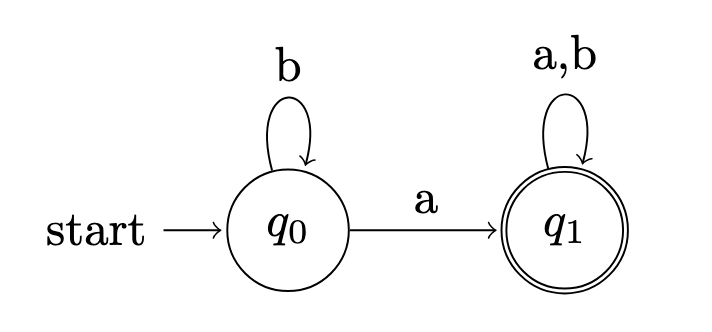
b.
| Current State | ||
|---|---|---|
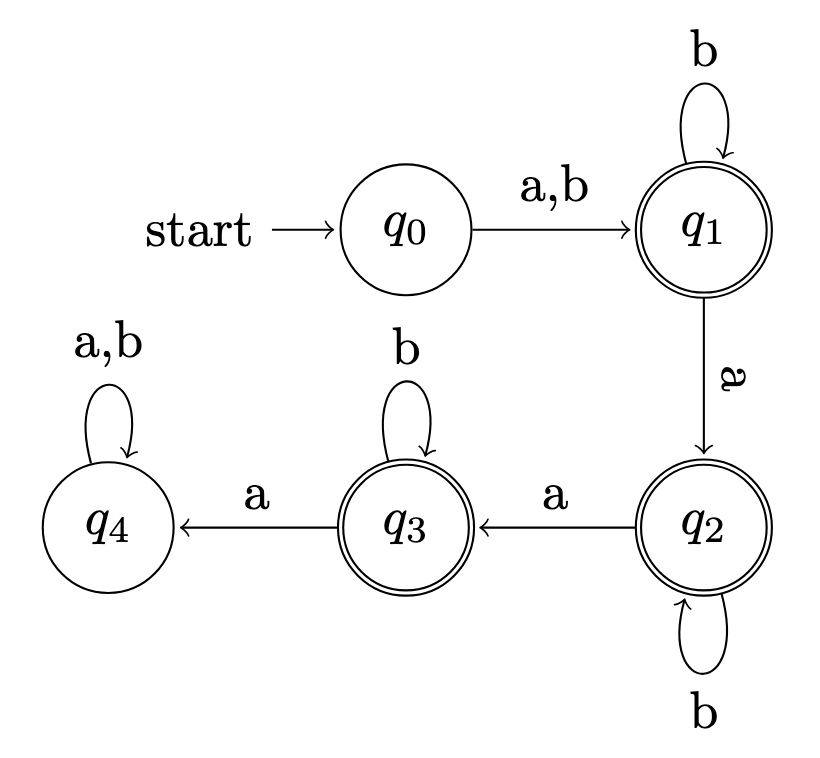
c.
| Current State | ||
|---|---|---|
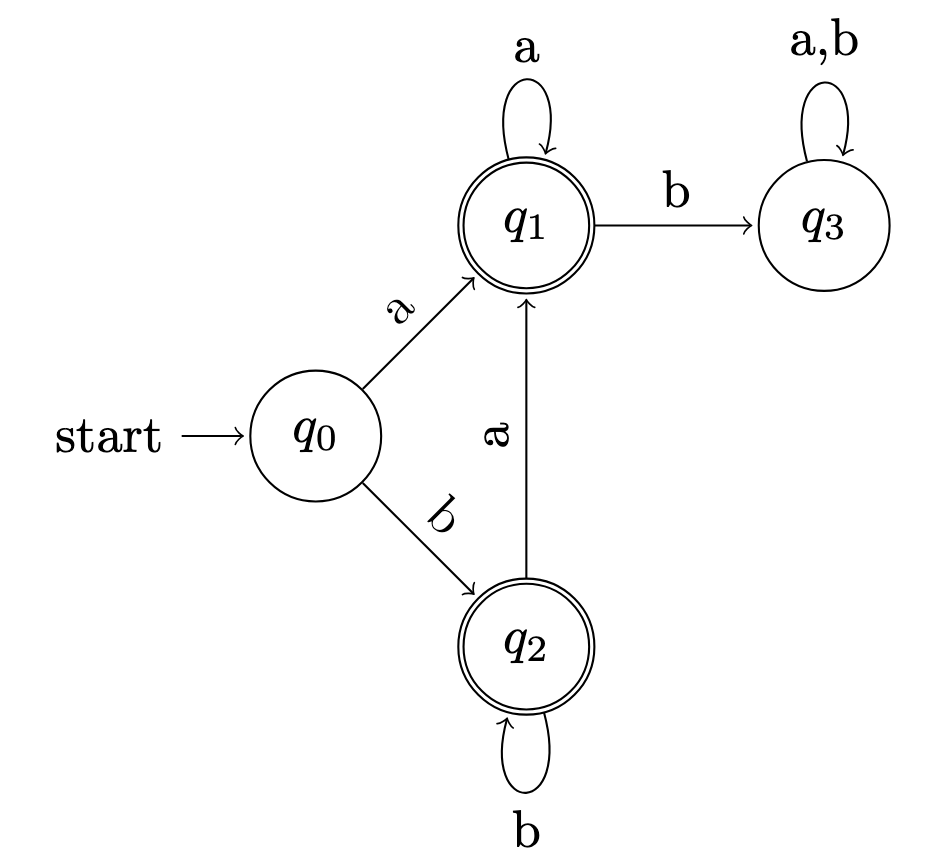
d.
| Current State | ||
|---|---|---|
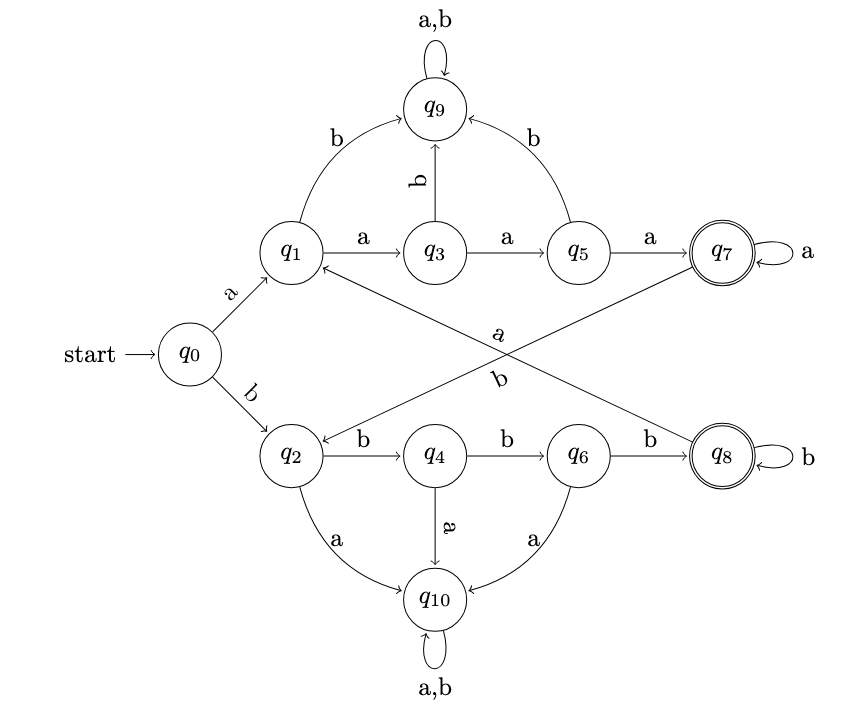
Question 4
Let
Note:
is the set difference. is the set complement.
The goal
Thus, we need to prove
(
Assume
Then
Thus, DFA
In other words, DFA
By the construction of
Thus,
(
Assume
DFA
In other words, DFA
By the construction of
Thus,
Thus,

